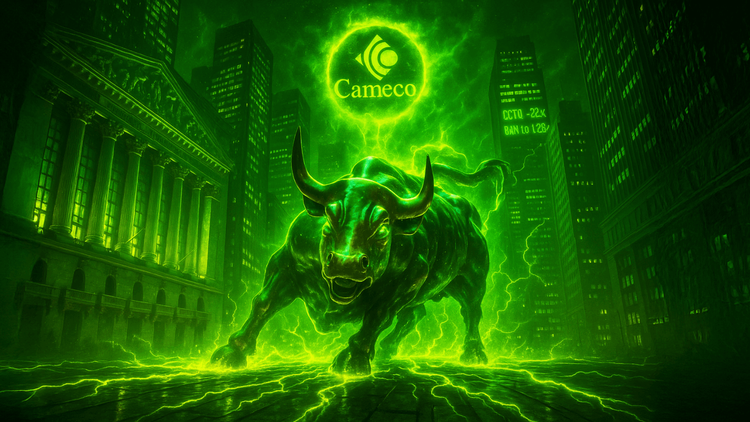The Great European Mineral Hunt: Chasing China’s Shadow
Europe faces a defining moment in its race for critical mineral independence as China tightens export curbs and the U.S. surges ahead with state-backed strategies.

The European Union is being pressed to take decisive action in the global race for critical minerals as China tightens its grip on rare earth exports. A new report from the European Initiative for Energy Security (EIES) warns that Europe risks falling dangerously behind both Beijing and Washington unless it accelerates investment and coordination in its mineral supply chains.
The EIES report lands at a crucial moment. China’s recent export curbs on key rare earth elements and related products have rattled European manufacturers dependent on materials vital for defence systems, electric vehicles, and renewable energy infrastructure. As Europe re-arms in the wake of Russia’s war in Ukraine, the move from Beijing underscores a growing vulnerability: the EU’s limited capacity to mine, refine, and process its own critical resources.
EIES makes its message clear. The bloc must allow greater state intervention and commit “substantial, dedicated” funding for critical minerals in its next budget cycle. Without it, Europe’s ambitions for energy independence and industrial resilience could crumble under the weight of geopolitical reality.
Across the Atlantic, Washington has turned its mineral policy into a national security priority. Through the Inflation Reduction Act and the Defense Production Act, the U.S. government has taken direct equity stakes in producers like MP Materials (NYSE: MP), backing projects that secure domestic supply chains from lithium to rare earths. Meanwhile, China’s state-directed model gives its companies near-unlimited access to financing, ensuring dominance from the mine to the magnet.
Europe, by contrast, operates under a patchwork of national initiatives. The absence of a cohesive financial architecture has left projects struggling to close despite strong fundamentals. “As China and the U.S. pursue capital-backed political critical minerals agendas, the absence of a comprehensive European financial architecture exposes the continent’s limitations,” the report says.






